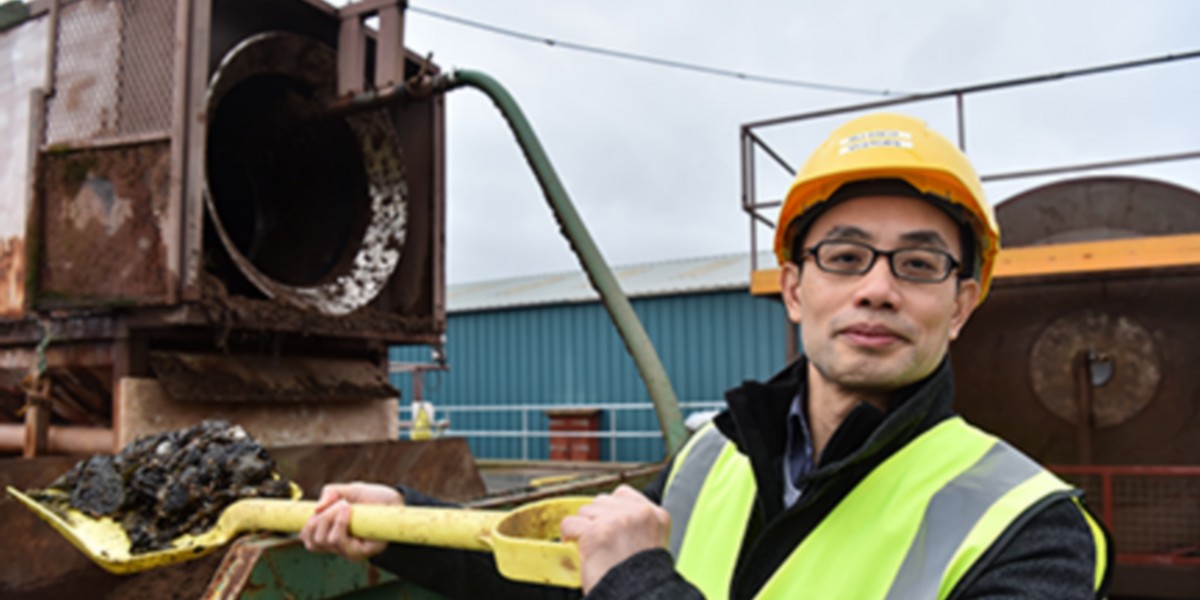Historic Scottish net manufacturer WJ Knox is partnering with Abertay University on an environmentally-friendly new project that they hope will divert tonnes of waste away from landfill.
The company has entered into a Knowledge Transfer Partnership (KTP) with Abertay that will see two years of research and development into how leftover fish protein, oil and copper can be salvaged from nets during the washing process, then reused.
With more than 240 years of supplying nets to both the Scottish fishing fleet and the growing aquaculture sector behind it, the Kilbirnie company is an industry leader and this project is the first of its kind in Scotland.
Instead of being sent to landfill, tonnes of salvaged protein and oil will be turned into livestock feed for the likes of fish, pigs and chickens.
Tapping into grant funding from Innovate UK, a researcher will be employed by Abertay to investigate how the useful materials can be extracted from waste cakes produced following the net washing process at W&J Knox’s manufacturing and service base in Kilbirnie.
Principal Investigator on the partnership, Dr Boon-Seang Chu of the Division of Food and Drink said the project aligns with the Scottish Government’s goal of reducing the percentage of waste going to landfill to just 5% by 2025.
He added: “We are delighted to be partnering with W&J Knox on this innovative KTP, which has the potential to benefit both the environment and the business itself.
“Abertay has a strong track record in research focussing on the reuse of food waste products and this is an area that is going to become increasingly important on both a national and international level in the coming years.”
Dave Hutchens, Managing Director of W&J Knox said: “With the Aquaculture Industry’s plans to increase production significantly by 2030 we are going to have to process more of the waste material that we remove from the nets.
“We need to reduce what we send to landfill and with the assistance of Abertay University and the employment of a KTP Associate we hope to be able to achieve this by developing a method to allow us to recover valuable elements from the waste that can be utilised in other ways.”

